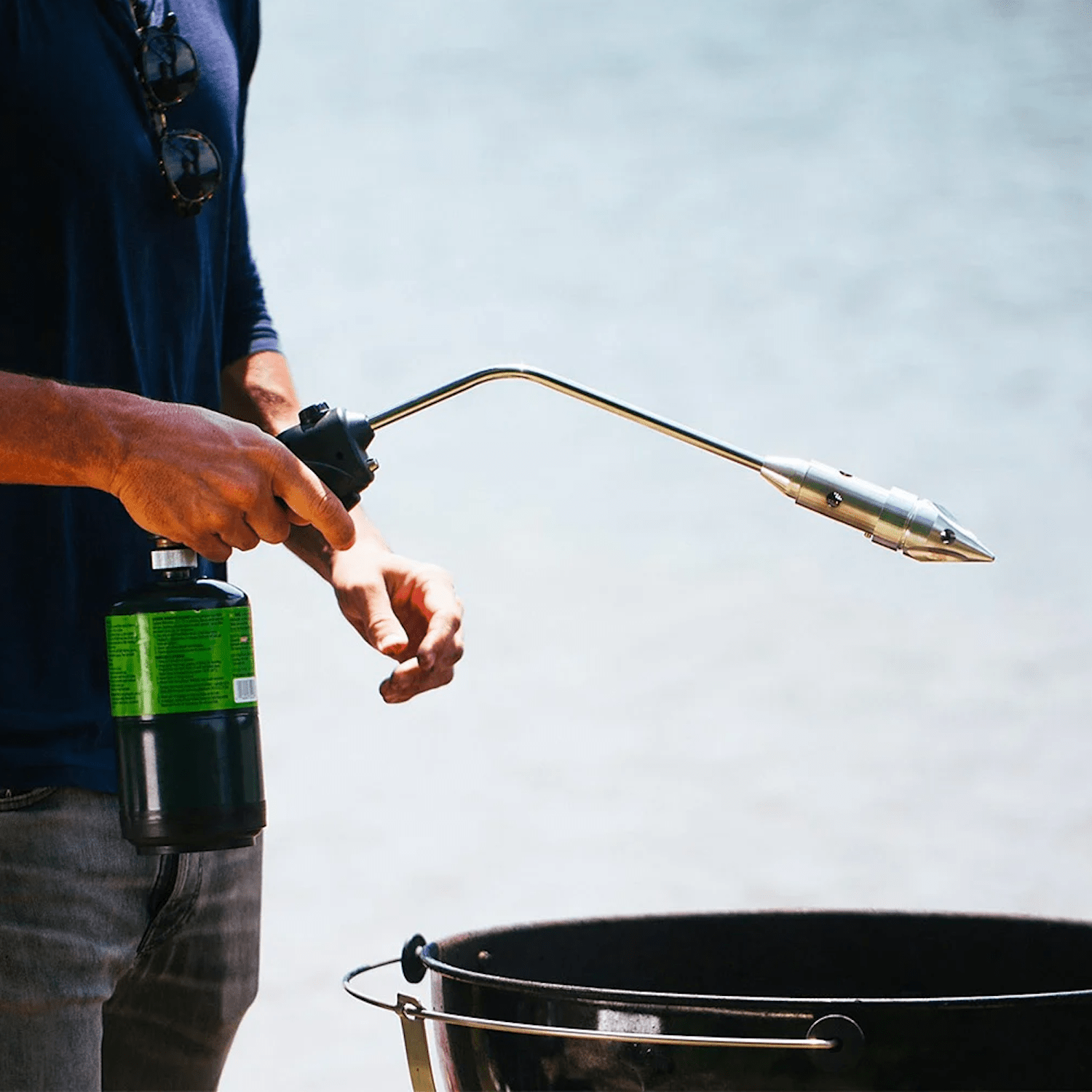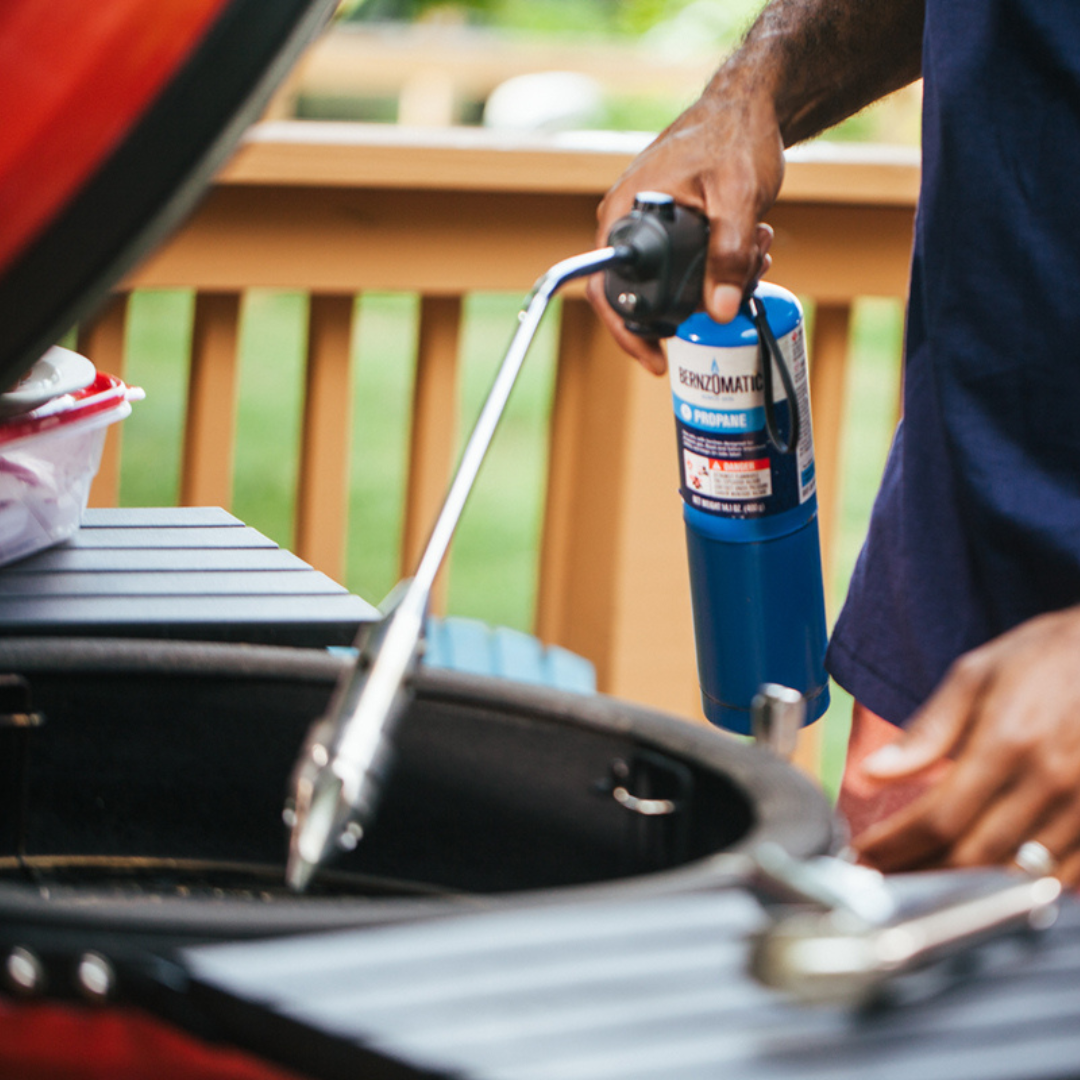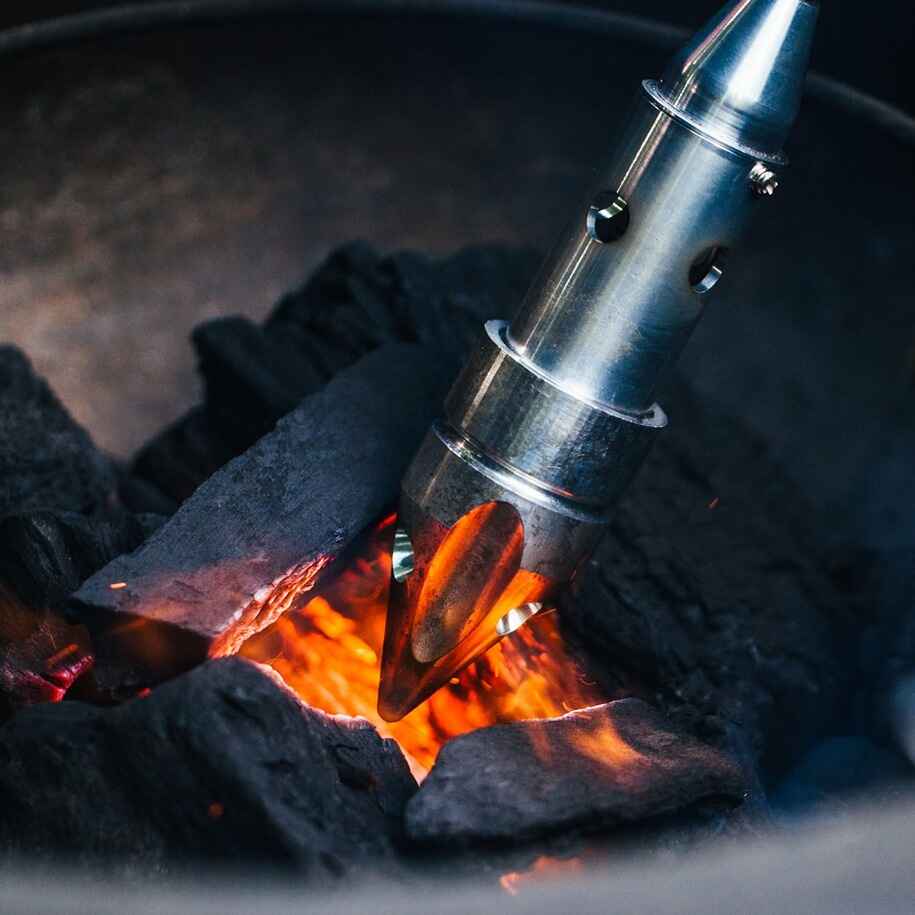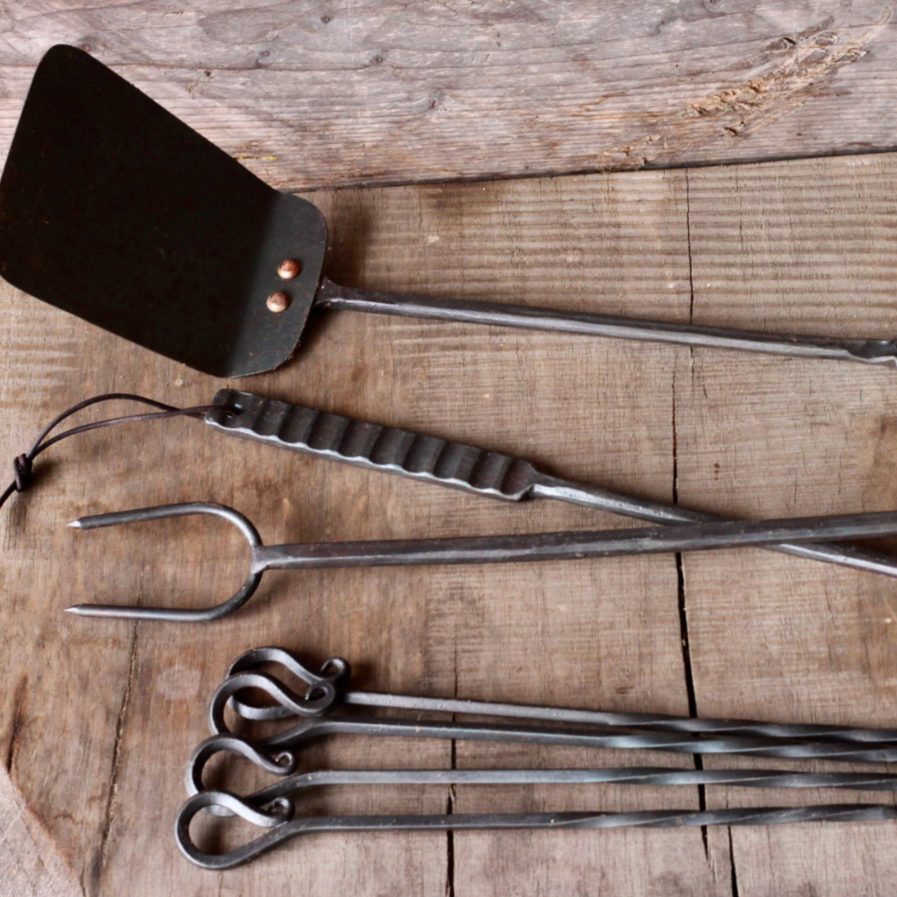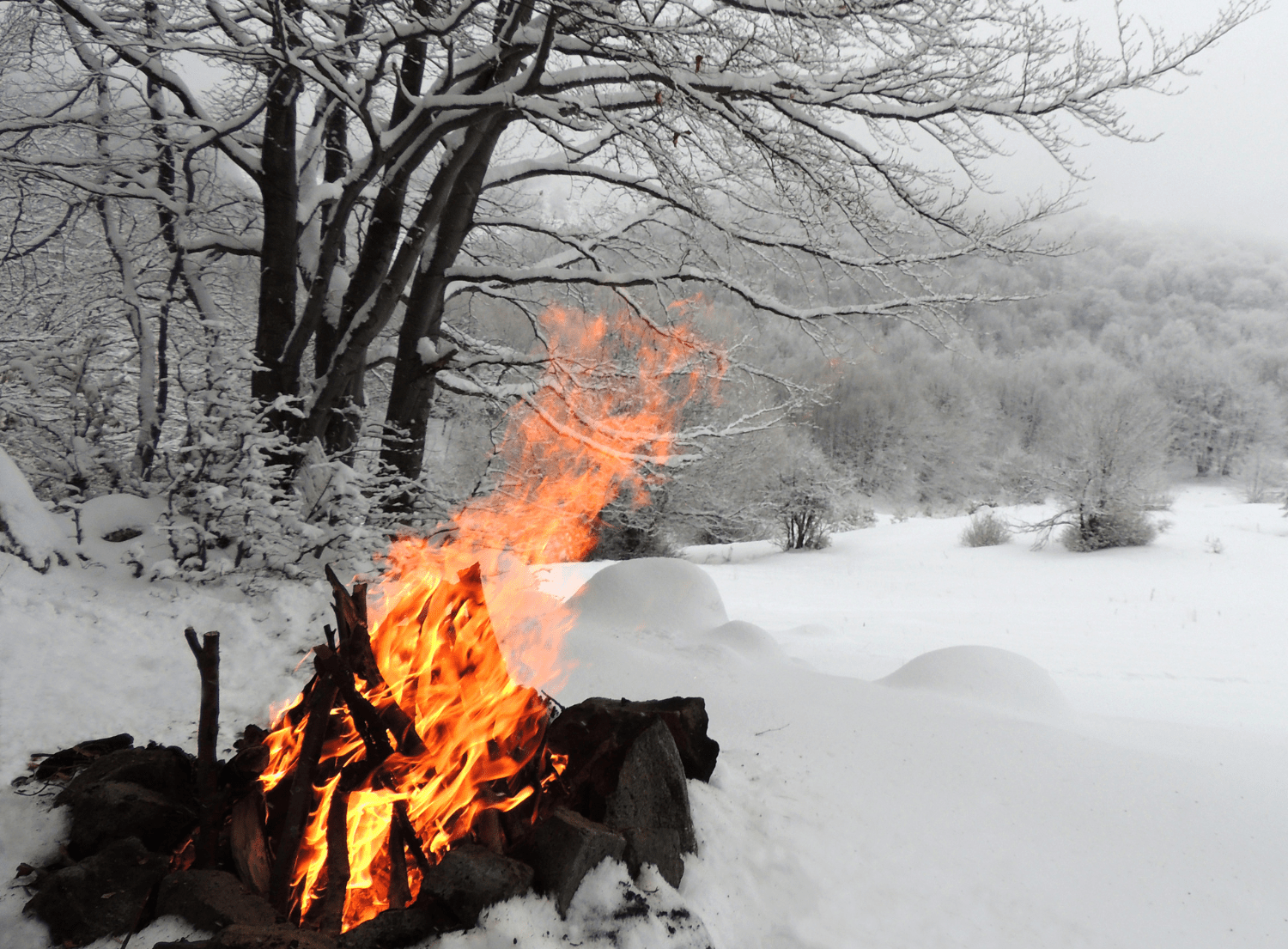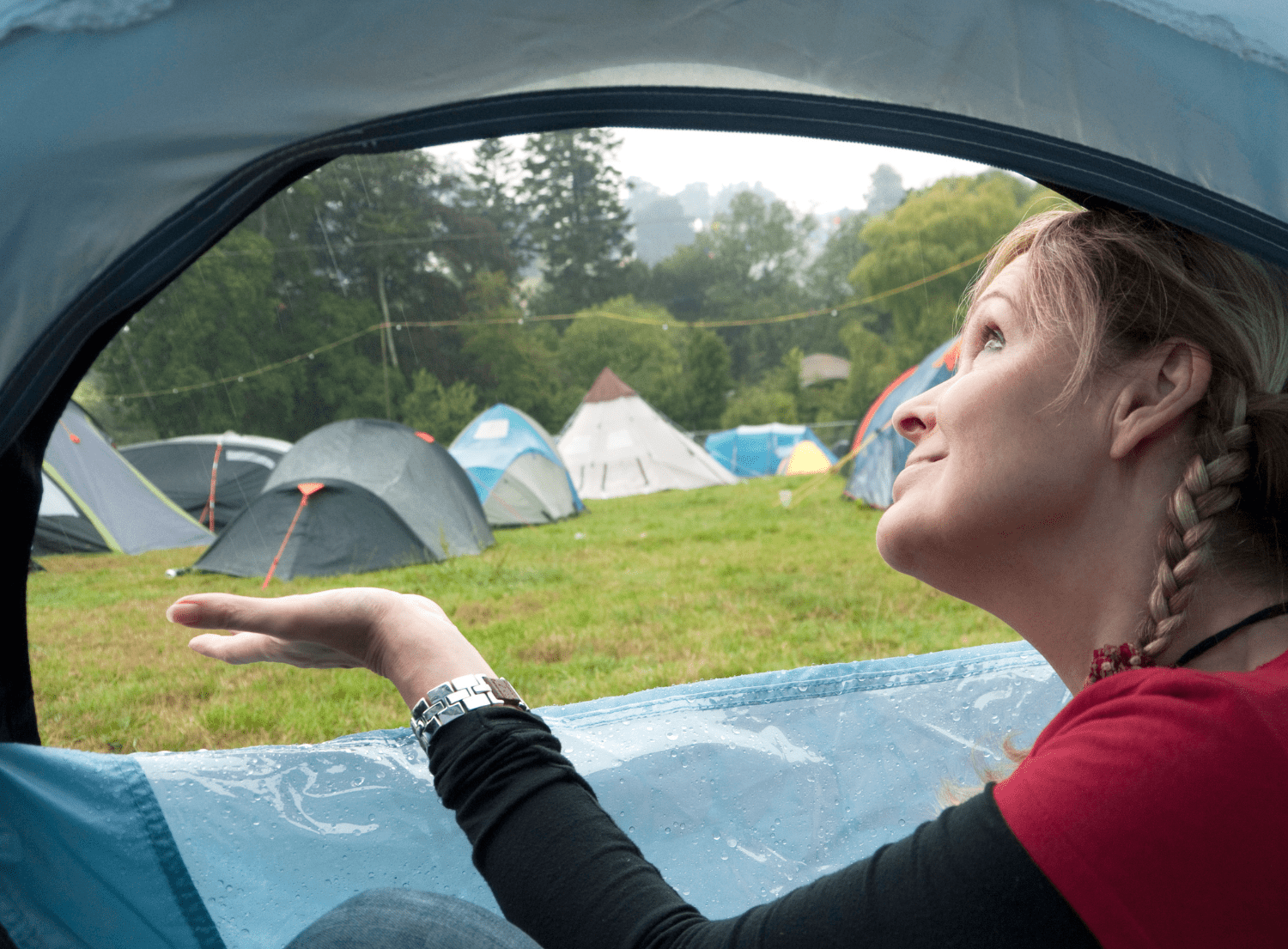While the winter landscape presents a picturesque setting for gathering around a roaring fire pit, it can also make it more difficult to get your fire started - and keep the campfire burning! Indeed, lighting a fire in these colder months demands specific strategies. After all, nobody wants to be the one running back and forth for more kindling or supplies because the fire doesn't stay lit longer than 15 minutes!
Fortunately, by understanding the intricacies of fire-starting, it's possible to keep your fire pit burning all night long. In fact, with proper preparation, the right materials, and attentive care, you can create a sustainable and enduring blaze that keeps you cozy till dawn. Here's a detailed guide to help you create a long-lasting fire this winter and beyond.
Before Getting Started
Where to Put your Fire Pit
The placement of your fire pit plays a pivotal role in creating a sustainable fire during winter. If your fire pit is situated in an exposed area, even gentle gusts of wind can disrupt the flames. To counter this, having a wind-breaking surface nearby can be immensely beneficial in shielding your fire from such interruptions. Even a dense layer of trees can help create a protective barrier against the wind. However, it's crucial to maintain a safe distance of at least 10 feet between your fire and anything flammable, be it brush, dry leaves, wooden structures, or your home. Preserving the surrounding environment while nurturing a lasting fire should be the priority.
Check the Weather
When it comes to keeping your fire lit, Mother Nature can indeed present challenges with rain or high humidity significantly impeding your fire-tending endeavors. Managing a fire becomes notably easier in dry conditions, allowing for better control and longevity of the flames. That’s why understanding your surroundings and adapting your fire pit accordingly is key to a successful winter blaze. If possible, relocating your fire pit to a drier spot or creating a sheltered environment can greatly assist in keeping your fire pit burning longer.
How to Keep Your Fire Burning Longer
Follow these guidelines to keep your fire burning for longer.
Prepare the Fire Pit Properly
Begin by ensuring your fire pit is in optimal condition for a winter blaze. A wood-burning fire pit, positioned on stable ground and equipped for proper ventilation, serves as an ideal base for your fire. Be sure to check for debris, position the fire pit safely away from flammable materials, and clear the surroundings to maintain a hazard-free zone while the fire burns.
Gather the Right Materials
The choice of your fire starter can significantly impact the success of your winter fire. Sustainable options like dry kindling, seasoned firewood, or natural materials work excellently to initiate and maintain the flames. If you need to jumpstart your fire, dry leaves, thin pieces of wood, or dry kindling serve as superb tinder due to their ability to ignite easily.
Build the Perfect Fire
Creating a robust foundation is key if you want to keep your fire pit burning for longer. Start by arranging dry firewood in a crisscross pattern at the bottom center of the pit. Next, layer thin pieces of kindling on top, gradually increasing the size of the logs as the fire starts burning. Make sure to maintain adequate airflow by leaving gaps between the logs and periodically adding more wood to ensure a steady, sustained burn.
Ignite the Flames
The fastest and easiest way to get your fire pit started is with The RocketFire™ Fire Starter. With its ability to light charcoal or wood in a matter of seconds, there's no need for fire starters like matches, tinder, kindling, or lighter fluid. Its versatility suits various settings, making it an ideal tool for outdoor enthusiasts, campers, and anyone seeking reliable, efficient fire ignition.
Keep Your Fire Burning Throughout the Night
Now that you have created a beautiful fire with glowing embers, it's time to get cozy! To ensure your fire burns throughout the night, we recommend continuing to add dry firewood to provide a steady supply of fuel. Stoking the fire occasionally will also generate more heat and help new firewood burn efficiently. Be cautious of windy conditions, as they can affect the fire's intensity and direction.
Overcoming Winter Challenges
As we mentioned earlier, high humidity in winter can pose challenges to keeping your fire burning. You can counter this obstacle by using dry firewood and kindling, which burn more easily despite damp conditions. Additionally, creating a barrier against the wind or fashioning a cover can shield the flames from harsh weather and help maintain a consistent burn.
Prioritizing Safety Measures
Vigilance and caution are key to enjoying a safe, sustained fire, especially in winter. Be sure to regularly tend to the fire, adding smaller pieces of dry wood to maintain a steady burn instead of larger logs. Additionally, you'll want to regularly survey the surroundings for potential hazards, monitor wind conditions, and keep a water source nearby to extinguish the fire if necessary. Before retiring for the night, fully extinguish the fire by dousing it with water and stirring the ashes.

